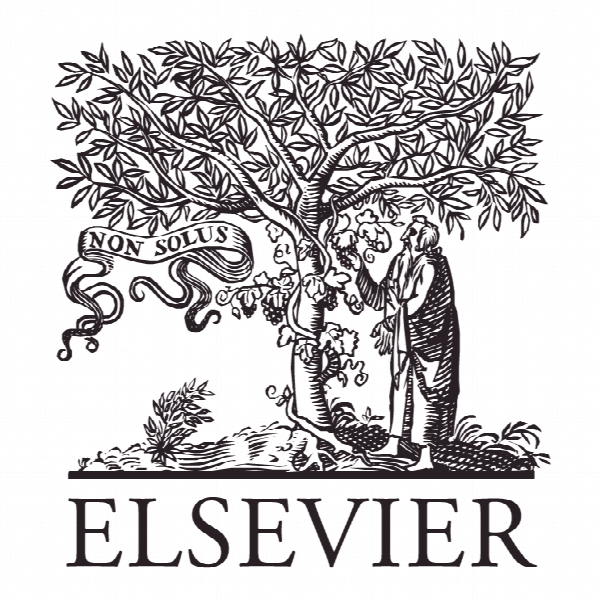افزایش دقت ردیابی مسیر برای ربات های صنعتی با کنترل تطبیقی قوی Enhancing trajectory tracking accuracy for industrial robot with robust adaptive control
- نوع فایل : کتاب
- زبان : انگلیسی
- ناشر : Elsevier
- چاپ و سال / کشور: 2018
توضیحات
رشته های مرتبط مهندسی کامپیوتر، مهندسی برق
گرایش های مرتبط رباتیک، هوش ماشین و رباتیک
مجله رباتیک و ساخت مجتمع کامپیوتری – Robotics and Computer–Integrated Manufacturing
دانشگاه School of Engineering – University of Warwick – UK
منتشر شده در نشریه الزویر
کلمات کلیدی انگلیسی 6 DOF industrial robot, Task space, Robust adaptive control, Parametric adaption, Relative tracking errors
گرایش های مرتبط رباتیک، هوش ماشین و رباتیک
مجله رباتیک و ساخت مجتمع کامپیوتری – Robotics and Computer–Integrated Manufacturing
دانشگاه School of Engineering – University of Warwick – UK
منتشر شده در نشریه الزویر
کلمات کلیدی انگلیسی 6 DOF industrial robot, Task space, Robust adaptive control, Parametric adaption, Relative tracking errors
Description
1. Introduction Industrial robots are base-stationary, reprogrammable and multifunction manipulators that are designed to move material, parts, tools, or specialized devices through variable programmed motions to perform a variety of tasks. The industrial robots have replaced human beings in dangerous, monotonous, or strenuous tasks that humans do not want to do. These activities frequently take place in spaces that are poorly ventilated, poorly lighted, or filled with noxious or toxic fumes. The trend for future industrial robots has been toward the electric-motor powered, servo-controlled industrial robots that are typically floor-standing machines [1]. These industrial robots have proved to be the most costeffective because they are the most versatile. As a fundamental and essential subject of industrial robots, the trajectory tracking control has attracted considerable attention over the last few years. A variety of control approaches for high-precision trajectory tracking control of industrial robots have been presented in the literature. The proportional integral derivative (PID) controllers have been widely used for motion tracking control of industrial robots due to the simple structure and model free control design [2]. However, the PID controllers should be carefully tuned according to different operating conditions, which is usually time-consuming. A cooperative target tracking control algorithm was proposed in [3] for motion target tracking of a group of mobile robots. A distributed Kalman filter was also designed to estimate the target position. The effectiveness of the control algorithm was verified based on simulation and experimental results. An adaptive trajectory tracking controller was designed in [4] for robot motion tracking with unknown parameters and uncertain dynamics. The back-stepping controller was designed by using the learning ability of neural networks which avoid the knowledge of the robot dynamics. Simulations and experiments on a commercial robot platform were used to verify the performances of the designed control algorithm with classical back-stepping controller. A model predictive control scheme incorporating neural-dynamic optimization was presented in [5] for robotic trajectory tracking. The model predictive control approach was iteratively transformed as a constrained quadratic programming problem, and then a primal-dual neural network was used to solve this problem over a finite receding horizon.


